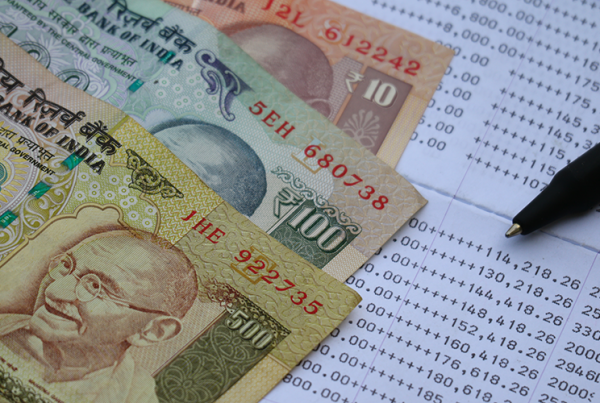No Laffing matter…India is still ahead of the curve
Most economists think Arthur Laffer was a bit of a joke, which is perhaps why Donald Trump decided to give him the Presidential Medal of Freedom in 2019: but the laffs were definitely on Donald when he claimed, in his award speech, to have studied the Laffer Curve as a student at Wharton Business School in 1968 (some feat, given the theory itself, wasn't published until 1974). But all joking aside, what exactly is the Laffer Curve, and why does it matter so much? Well, put shortly, it articulates a basic fact of fiscal and economic life: if governments raise taxes too much, people won't work as hard: they'll earn less, and the overall tax yield will go down, which means, in turn, that lower taxes can pay for themselves by stimulating economic growth. The trick is to pitch tax levels at the apex of the curve…the Laffer Curve.
All is well and good, and governments have been working on that principle for at least the last fifty years: it's become economic orthodoxy, even if Rishi Sunak is currently having well-publicised problems making it work in the UK.
India on the Curve
There are, however, no such problems in India: leaving aside the zero-rated, lowest "slab" (covering earnings up to $3,219), Indians pay a basic tax rate of 5% on income up to $6,439; 10% on marginal earnings from there to $9,659, and 15% on earnings up to $12,879. The highest tax rate on the Subcontinent is currently 30% (on earnings over $19,317). So it is a strikingly flat, highly successful, and Laffer compliant structure: especially when you compare it with a top UK rate of 45% (combined with a strong undertow of National Insurance Contributions, progressively increased by Boris' government over recent years), and 37% in the United States: albeit only on earnings over $523,600 (we should all be so lucky).
So there's little doubt the UK and the United States are currently on the Laffer Curve's wrong side: India has got things more or less right, sitting pretty much on its apex. In theory, that ought to maximise the Subcontinent's tax yield, and happily, that's precisely what's been happening in practice.
Figures produced as part of the Union Budget earlier this year were expected to show significant slippage in the government's efforts to meet fiscal deficit targets (particularly after COVID). Still, India's deficit is now projected to be just 6.9% of GDP, as opposed to a target rate of 6.8% (pretty much bang on then: unlike the UK, which is running at 11.5% of GDP (and rising)). The admirable Ms Sitharaman also forecasts this will come down to 6.4% by the beginning of next year…unsurprisingly, then, she has left tax rates unchanged on the Subcontinent, and that's bound to add further fuel to India's standing as an economic powerhouse.
If only Rishi Sunak were so lucky…
Executive Overview
Fiscal policies can make or break an economy, but India is still getting it right: that can only be good for the economy's future.
Invest in Red Ribbon Asset Management

Red Ribbon Asset Management (www.redribbon.co) aims to harness the full potential of fast evolving and emerging technologies to meet the needs of global communities as part of a circular economy, fully recognising the compelling demands of planet people and profit.








Leave a Reply